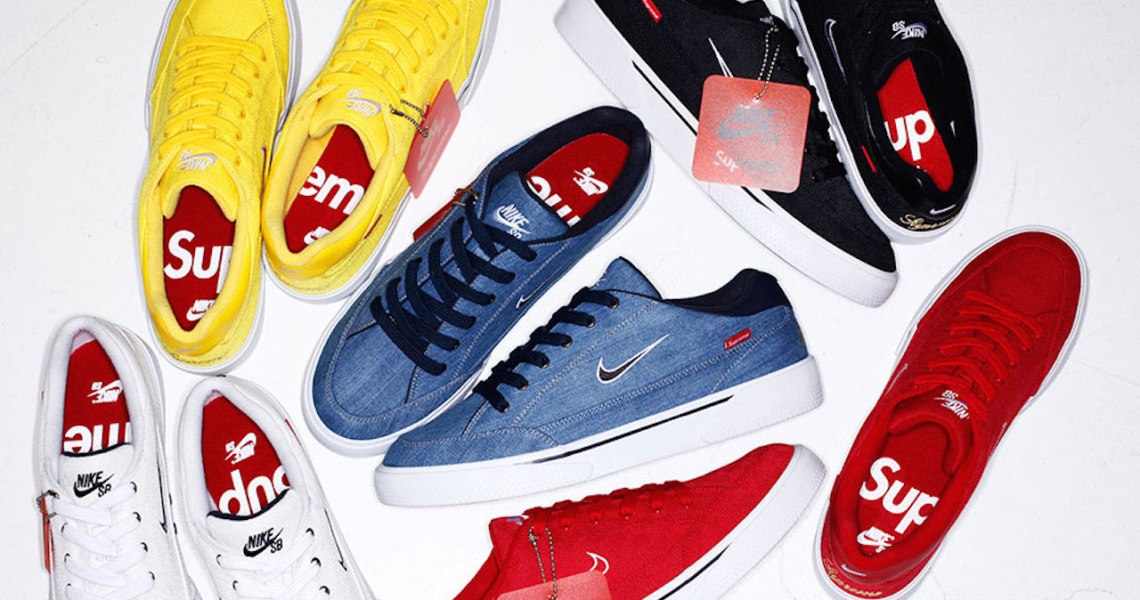Sotheby’s has always been a symbol of traditional luxury. The company has existed in various forms since the 18th century and has strong associations with fine art, watches and old-school collectors’ items.
But in the last few years, Sotheby’s has seen many of the same transformations that have hit all of luxury. Its customers are skewing younger and many are in Asia, its sales are increasingly online, and its product focus has shifted to include streetwear and sneakers, putting Nike alongside Patek Philippe on the auction block. Likewise, luxury resale platform GOAT has reprioritized the categories it’s developing, in order to cater to its new customer.
Josh Pullan, who has been at Sotheby’s for 15 years and in the role of head of the global luxury division since last year, said the seeds of these changes had been present for years, but the transformation accelerated in the last 12 months. The number of Asia-based customers at Sotheby’s in 2021 is more than twice what it was five years ago, for example. In 2021, customers from Asia were behind more than 50% of Sotheby’s total jewelry value.
The age demographic change has also been striking. In New York, 50% of Sotheby’s bidders are ages 20-40, while in Hong Kong, that number is more than 60%.
“In luxury — in general, and for us specifically — the under-40 audience is so important,” Pullan said. “There’s been a generational shift in the collecting audience. We’ve even had a number of purchases from people under 20.”
Gen Z is expected to make up nearly half of all luxury consumption by as early as 2025, according to Statista. Pullan said that’s one of the biggest trends pushing streetwear into a high-end category. Sotheby’s has responded by enthusiastically embracing streetwear as a rarified category on par with handbags and fine art. Sotheby’s sold a $1.5 million pair of Jordans in October. At the end of November, it listed 120 Supreme x Louis Vuitton items — more than half of them sold within two days.
Meanwhile, Eddy Lu, co-founder and CEO of GOAT, said he’s been pushing the company to embrace both streetwear and luxury in equal measure, to better capture the young consumer who has a taste for both. GOAT debuted luxury in 2019 and attracted investment from Kering’s parent company Groupe Artemis in early 2021.
Ad position: web_incontent_pos1
“We’re investing in expanding our archival and vintage offering because the next generation of consumers isn’t just focused on the newest season,” Lu said. “They’re mixing and matching different products to create an entire look. There are also major opportunities outside of the U.S. and we’re investing considerable resources to help fuel our international expansion next year and beyond.”




